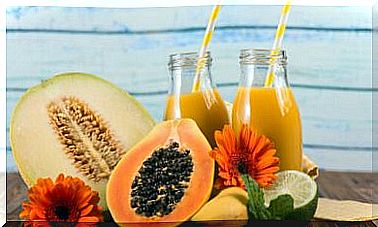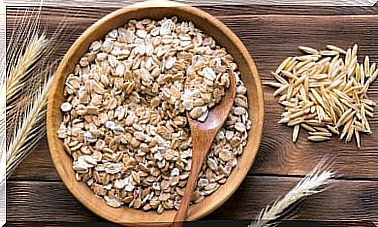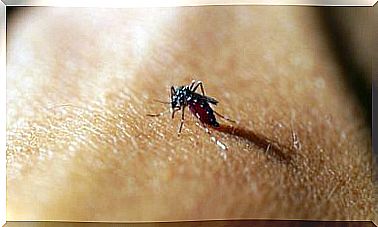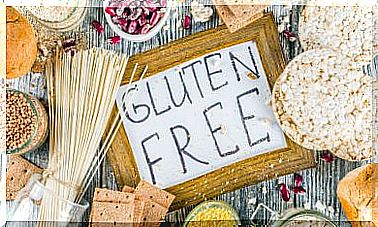Is Giving Goat Milk To A Baby Healthy?
Goat milk is a healthy food. It contains proteins of high biological value and other essential nutrients that can help the body develop its functions properly. However, many wonder if giving goat milk to a baby is correct or may pose a risk to their health.
Before starting, we must emphasize that dairy is a high-value food group in the diet. Although they are currently being discussed, the evidence leads to the conclusion that their presence in the diet is necessary to contribute to generating a good state of health.
Goat milk benefits
We are going to introduce ourselves fully into the subject by first commenting on the main benefits of goat’s milk and explaining the position of science in this regard.
Improves muscle development
Goat’s milk has the highest quality protein inside. It is a nutrient of high biological value that has all the essential amino acids and a good digestibility value.
There is evidence that protein is essential to ensure good muscle function and to prevent tissue degeneration in the medium term. If the requirements are not met, the risk of developing sarcopenia increases.
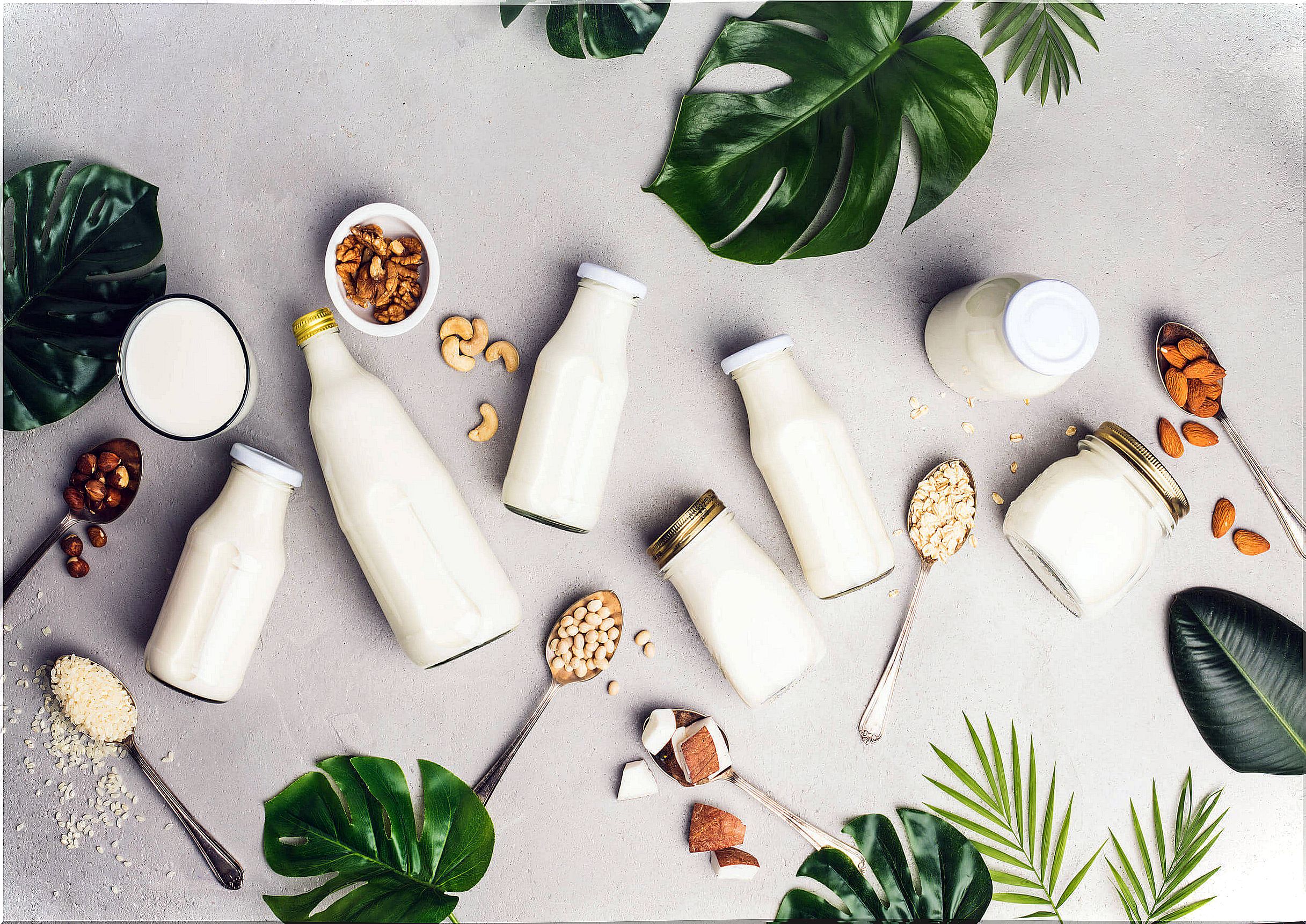
Higher bone density
In addition to its protein content, goat’s milk stands out for the presence of calcium inside. This nutrient is essential to ensure good bone health.
Taking it during adolescence reduces the risk of fractures during adulthood, as well as the risk of osteoporosis. This is stated in a study published in the journal Nutrients .
Presents easy digestion
Goat’s milk has a lower amount of lipids than cow’s milk. For this reason, its digestion is much easier. By this we do not mean that fats are harmful to health, far from it.
However, these nutrients have a longer gastric emptying time, according to the most current evidence, so they can cause discomfort if consumed in excess.
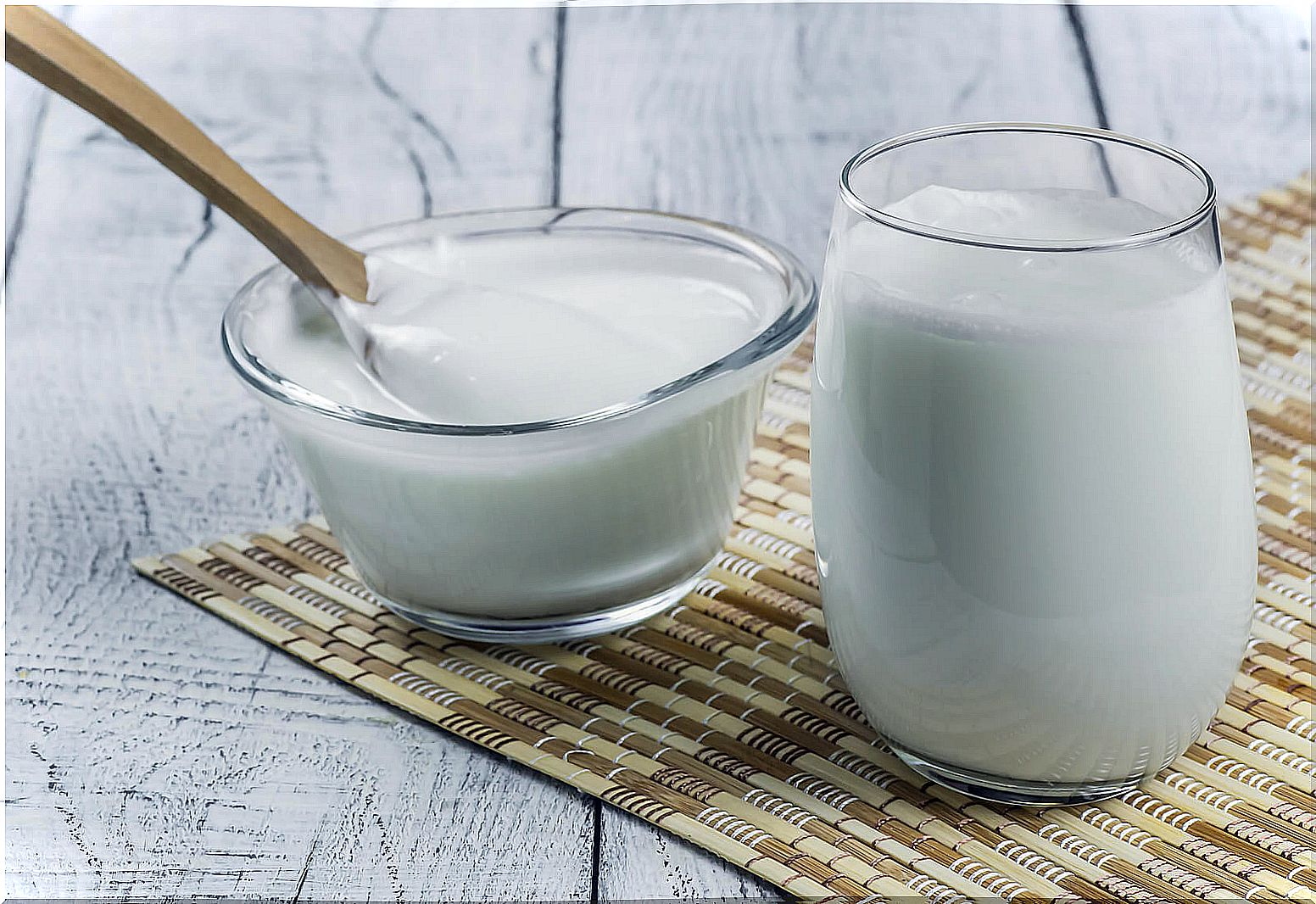
Giving goat milk to a baby: from what age and why?
It is possible to give goat’s milk to a baby in place of cow’s milk, but you should wait a minimum time to include this type of food in the diet. Otherwise, allergies or intolerances could be generated.
Pediatricians recommend not administering this product until after 12 months, although some experts argue that something can be started earlier.
Keep in mind that goat’s milk has a high concentration of minerals. For this reason, it could be too aggressive for the kidney if it is still in a maturing phase.
Goat’s milk-based infant formulas
Currently, there are some goat milk-based infant formulas on the market. These can be an alternative to consider when those created from cow’s milk generate a large amount of gas or intestinal discomfort in the child. Being the goat of easier digestion, this symptomatology could be alleviated.
In any case, it is good to consult with the pediatrician before making the decision to administer such a product. It is also necessary to observe the nutritional value of the formula in question, thus checking that it does not have a large amount of simple sugars inside.
Adverse effects of consuming goat milk in infants
The greatest risk of the administration of goat milk in babies is the development of an allergy to the proteins of the food. A cross allergy between cow’s and goat’s milk proteins could be experienced, so if one product is not tolerated, the other may not be able to be introduced into the diet either.
Beyond this, no other adverse effects have been detected when the food is correctly included in the diet, that is, when the 12 months are respected for the first contact. Only minor alterations can occur at the intestinal level, although annoying, such as the appearance of gas.
Goat milk, an option for babies
As we have commented, it is possible to assess the inclusion of goat’s milk in the diet of babies older than 12 months. This food is easily digested compared to its counterpart from cows. It has a high nutritional density where proteins and minerals such as calcium stand out.
In addition, its lipid profile is considered healthy, although it is true that most of the fatty acids it contains are saturated. Their concentration is lower than in the case of cow’s milk.
